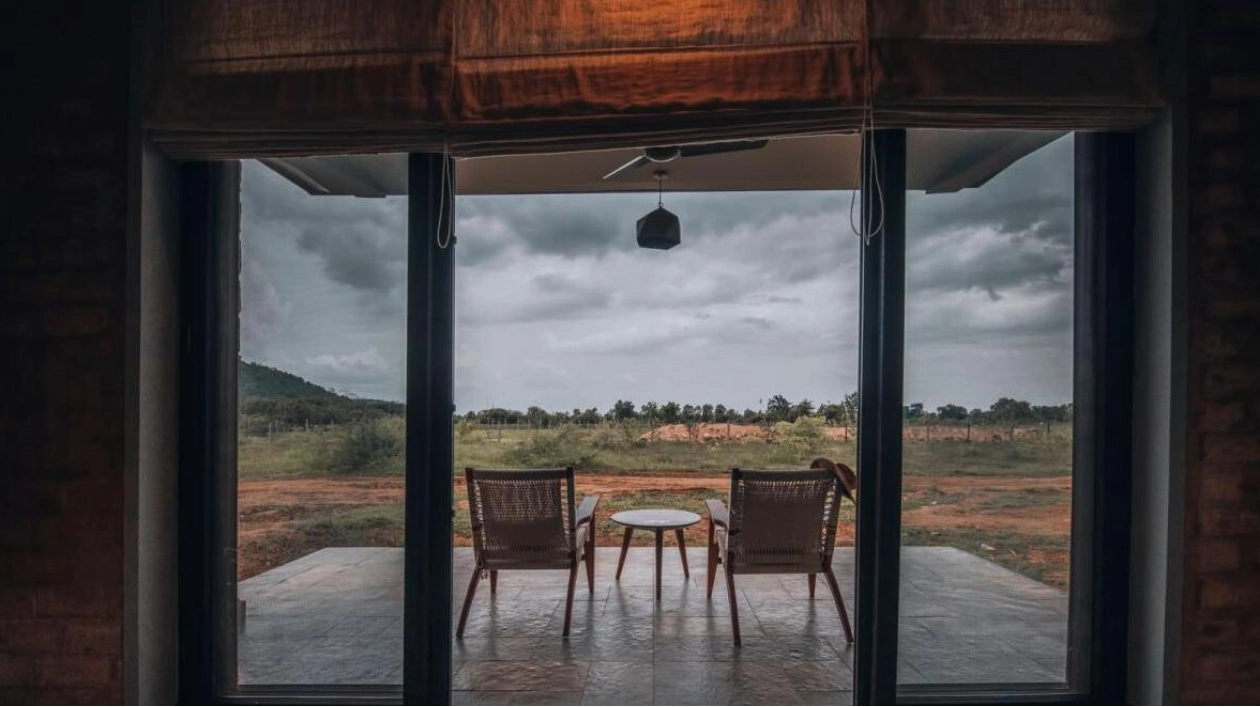Photos: Bindu Gopal Rao
My journey into the heart of Tadoba's jungles in Maharashtra, India began long ago when a cousin shared breathtaking images of the forest and recounted his tiger sightings. It took nearly a decade, but I finally made the trip last month, feeling as though life had completed a full circle. Upon arriving in Tadoba, the first must-do is to explore the majestic Tadoba Andhari Tiger Reserve, one of India's 47 'Project Tiger' reserves, spanning 1,727 sqkm. With its tropical dry deciduous vegetation, the reserve boasts a high density of tigers, making it a popular destination. This means excellent tiger sightings, along with encounters with leopards, sloth bears, bison, wild dogs, and other species. The park is also a haven for birdwatchers, with two safaris offered in the morning and late afternoon, each lasting about four hours. Note that all safaris must be booked online and in advance, requiring an ID check at the gate before the safari begins. Despite the rain thwarting my tiger sighting, I was elated to spot a variety of birds, including the Indian Pitta and Paradise Flycatcher, as well as the sloth bear, sambhar, and spotted deer. The jungle experience itself is pure joy; it's incredible how nature maintains balance, from the food chain to the flora and fauna, creating an experience that warms the heart.
To fully immerse in the jungle's sights, staying at one of the many retreats is ideal. I chose the Waghoba Eco Lodge by Pugdundee Safaris, renowned for their sustainable practices. Here, I learned that tigers are revered in the Gond tribal lands and are called Waghoba. Interestingly, many temples dedicated to Waghoba surround Tadoba National Park, featuring stone figurines of the wild cats. The name is derived from two Marathi words: 'wagh' meaning tiger and 'ba', a suffix indicating respect. The lodge is designed to conserve energy, given Chandrapur's hot climate. The ceiling uses Guna vault roof tiles, resembling bottomless clay terracotta cups, acting as insulators. Handmade Adobe bricks, sun-dried and locally sourced, are used. 'We've minimized steel use and incorporated local stone and broken ceramics in the design. Our sunrise to sunset design ensures that verandas are low, shielding walls from direct sunlight. Bathrooms are on the left, absorbing maximum heat, keeping bedrooms cooler. We have solar systems generating 50KW, saving electricity and using a renewable source. Our sewage treatment plant employs phytorid technology, using gravity to reclaim 95 percent of water for landscapes and gardens. We aim to make the property carbon neutral,' explains Ghanshyam Singh, Lodge Manager, Waghoba Eco Lodge.
With a strong ethos of blending with the surroundings, there's much to do. Birdwatchers will appreciate the bird hide overlooking a man-made water body frequented by species like the common kingfisher and bulbuls. You might even spot snakes, like the chequered keelback. Guided nature walks with in-house naturalists, cycling tours, night safaris (where civets, nightjars, and owls can be seen), and boat rides on Irai Lake's backwaters are also available. For those keen on local cuisine, the in-house restaurant, led by Ippili Thota Rao, Executive Food & Beverage Supervisor, serves authentic thalis for lunch, changing daily. 'We focus on regional and nearby cuisines, offering Varadhi thali from the Vidarbha region, Maharashtrian Thali, and Hyderabadi Thali. We serve thalis on traditional Kansa metal plates with the beverage of the day, while dinner is on handmade pottery exclusive to Waghoba. Our menu features locally grown items, including millets,' says Rao. You can also learn to cook easy recipes from the chef. A visit here is not just about wildlife but also a lesson in sustainable living, leaving a lasting impact long after you return home.
Source link: https://www.khaleejtimes.com






